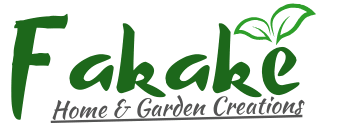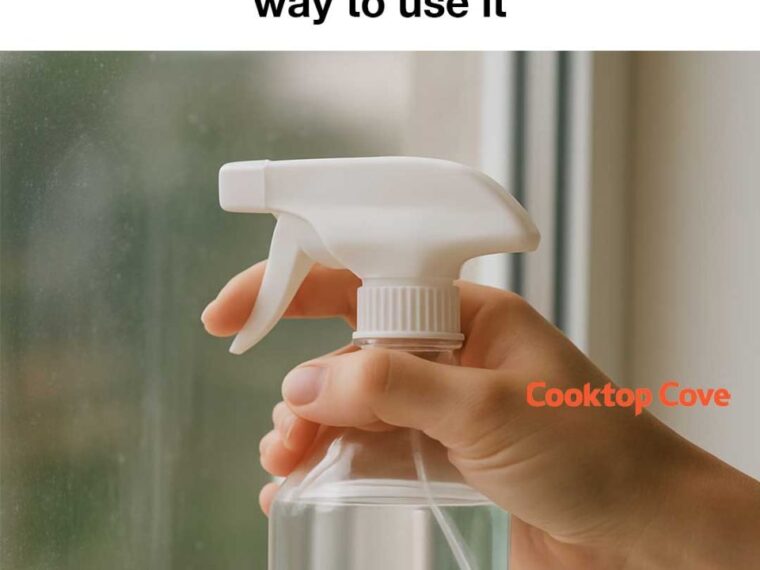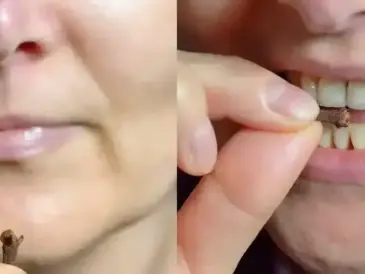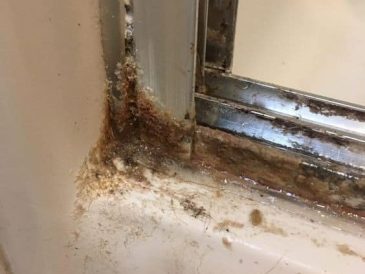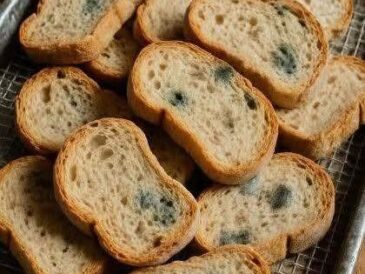Vinegar has long been touted as a versatile and effective cleaning agent, capable of tackling a wide range of household tasks. Its natural acidity makes it particularly adept at cutting through grime and leaving surfaces sparkling clean. However, many people find that their attempts to use vinegar for cleaning result in streaky windows and less-than-shiny surfaces. This is often due to common misconceptions and improper techniques when using vinegar as a cleaner.
In this article, we will explore the science behind vinegar’s cleaning power, common mistakes people make, and the right way to use vinegar to achieve streak-free windows and shiny surfaces. By understanding the correct methods and tools, you can harness the full potential of vinegar as a natural cleaning solution.
1. The Science Behind Vinegar’s Cleaning Power
Vinegar’s cleaning power comes from its main component, acetic acid, which typically makes up about 5-8% of the solution. This acidity gives vinegar its ability to dissolve mineral deposits, grease, and grime, making it an effective cleaner for a variety of surfaces. The acetic acid in vinegar can break down the bonds between dirt and surfaces, allowing for easier removal.
Additionally, vinegar’s acidic nature makes it a natural disinfectant, capable of killing some bacteria and viruses. While it may not be as potent as commercial disinfectants, vinegar can still reduce the presence of harmful microorganisms on surfaces, contributing to a cleaner and safer home environment.
2. Common Mistakes When Using Vinegar for Cleaning
One of the most common mistakes people make when using vinegar for cleaning is using it undiluted. Full-strength vinegar can be too harsh for some surfaces, leading to damage or discoloration. It’s important to dilute vinegar with water, typically in a 1:1 ratio, to ensure it’s safe for use on most surfaces.
Another mistake is using vinegar on the wrong surfaces. Vinegar should not be used on natural stone surfaces like granite or marble, as its acidity can etch and damage the stone. Additionally, using vinegar on electronic screens or waxed surfaces can lead to damage or a dull finish.
3. The Right Vinegar to Use for Streak-Free Windows
For cleaning windows, distilled white vinegar is the best choice. It is clear, colorless, and has a higher acidity level compared to other types of vinegar, such as apple cider vinegar. The lack of color ensures that it won’t stain surfaces, and its high acidity makes it effective at cutting through grime and leaving windows streak-free.
When purchasing vinegar for cleaning, look for a product with at least 5% acetic acid content. This concentration is sufficient for most cleaning tasks and ensures that the vinegar will be effective without being overly harsh.
4. Preparing the Perfect Vinegar Cleaning Solution
To prepare an effective vinegar cleaning solution for windows, mix equal parts distilled white vinegar and water in a spray bottle. For example, combine 1 cup of vinegar with 1 cup of water. This dilution is gentle enough for most surfaces while still retaining the cleaning power of vinegar.
For particularly stubborn grime or mineral deposits, you can increase the vinegar concentration slightly, using a 2:1 ratio of vinegar to water. However, always test the solution on a small, inconspicuous area first to ensure it won’t damage the surface.
5. The Best Tools to Use with Vinegar for Cleaning
Microfiber cloths are the best tool to use with vinegar for cleaning windows and surfaces. They are highly absorbent, lint-free, and gentle on surfaces, making them ideal for achieving a streak-free finish. Avoid using paper towels, as they can leave lint and streaks behind.
For windows, a squeegee can also be a valuable tool. After applying the vinegar solution with a spray bottle, use a squeegee to remove excess liquid and prevent streaks. Be sure to wipe the squeegee blade with a clean cloth after each pass to avoid transferring dirt back onto the window.
6. Step-by-Step Guide to Cleaning Windows with Vinegar
1. Begin by dusting the window surface with a dry microfiber cloth to remove loose dirt and debris.
2. Spray the vinegar and water solution onto the window, covering the entire surface evenly.
3. Use a clean microfiber cloth to wipe the window in a circular motion, loosening any dirt and grime.
4. For a streak-free finish, use a squeegee to remove the solution from the window, starting at the top and working your way down. Wipe the squeegee blade with a cloth after each pass.
5. Finish by wiping the edges of the window with a clean, dry microfiber cloth to remove any remaining moisture.
7. How to Use Vinegar for Shiny Surfaces Beyond Windows
Vinegar can be used to clean and shine a variety of surfaces beyond windows, including stainless steel appliances, glass tabletops, and bathroom fixtures. For stainless steel, spray the vinegar solution onto the surface and wipe with a microfiber cloth, following the grain of the steel to avoid streaks.
For glass tabletops, use the same vinegar solution and a microfiber cloth to wipe the surface, ensuring a streak-free shine. In the bathroom, vinegar can be used to clean and shine faucets and showerheads. Simply spray the solution, let it sit for a few minutes to dissolve mineral deposits, and wipe clean with a cloth.
8. Popular Viral Hacks: What Works and What Doesn’t
There are numerous viral cleaning hacks involving vinegar, but not all are effective or safe. One popular hack is using vinegar to clean microwave ovens by heating a bowl of vinegar and water inside. This works well, as the steam helps loosen food splatters, making them easier to wipe away.
However, some hacks, like using vinegar to clean hardwood floors, can be damaging. The acidity of vinegar can strip the finish from wood floors, leading to dullness and potential damage. Always research and test hacks on a small area before applying them widely.
9. Safety Tips When Using Vinegar as a Cleaner
While vinegar is generally safe to use, there are a few precautions to keep in mind. Avoid mixing vinegar with bleach or hydrogen peroxide, as this can create harmful gases. Always use vinegar in a well-ventilated area to avoid inhaling fumes.
When cleaning with vinegar, wear gloves to protect your skin, especially if you have sensitive skin or cuts. If vinegar comes into contact with your eyes, rinse thoroughly with water. Store vinegar out of reach of children and pets to prevent accidental ingestion.
10. Eco-Friendly Benefits of Cleaning with Vinegar
Vinegar is an eco-friendly cleaning option, as it is biodegradable and non-toxic. Unlike many commercial cleaners, vinegar does not release harmful chemicals into the environment, making it a safer choice for both your home and the planet.
Using vinegar reduces the need for multiple cleaning products, minimizing packaging waste and chemical exposure. By choosing vinegar as a cleaner, you contribute to a more sustainable and environmentally friendly lifestyle.
11. Frequently Asked Questions About Vinegar Cleaning
Q: Can vinegar remove mold and mildew?
A: Yes, vinegar can help remove mold and mildew due to its acidic nature. Spray undiluted vinegar onto the affected area, let it sit for an hour, and scrub with a brush.
Q: Is vinegar safe for all surfaces?
A: No, vinegar should not be used on natural stone, waxed surfaces, or electronic screens, as it can cause damage.
Q: How often should I clean windows with vinegar?
A: For best results, clean windows with vinegar every few months or as needed to maintain clarity and shine.
